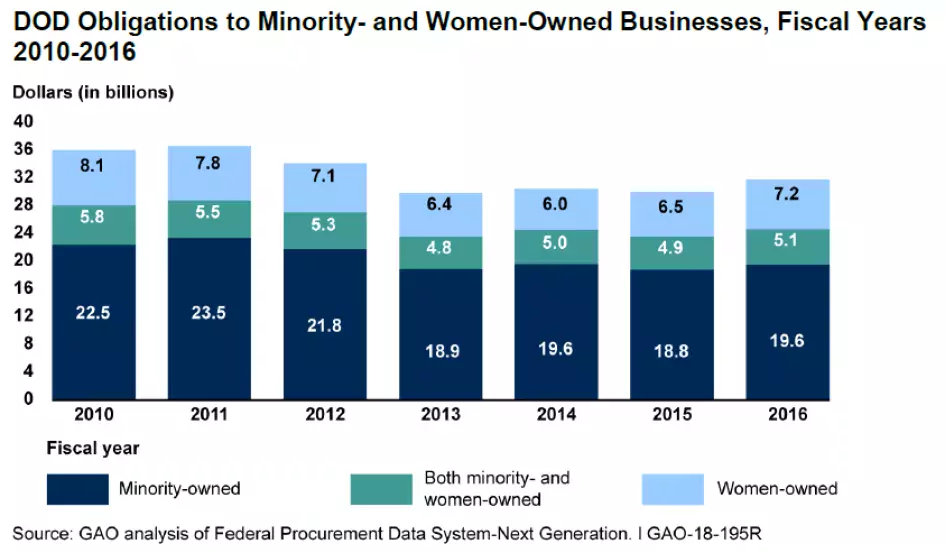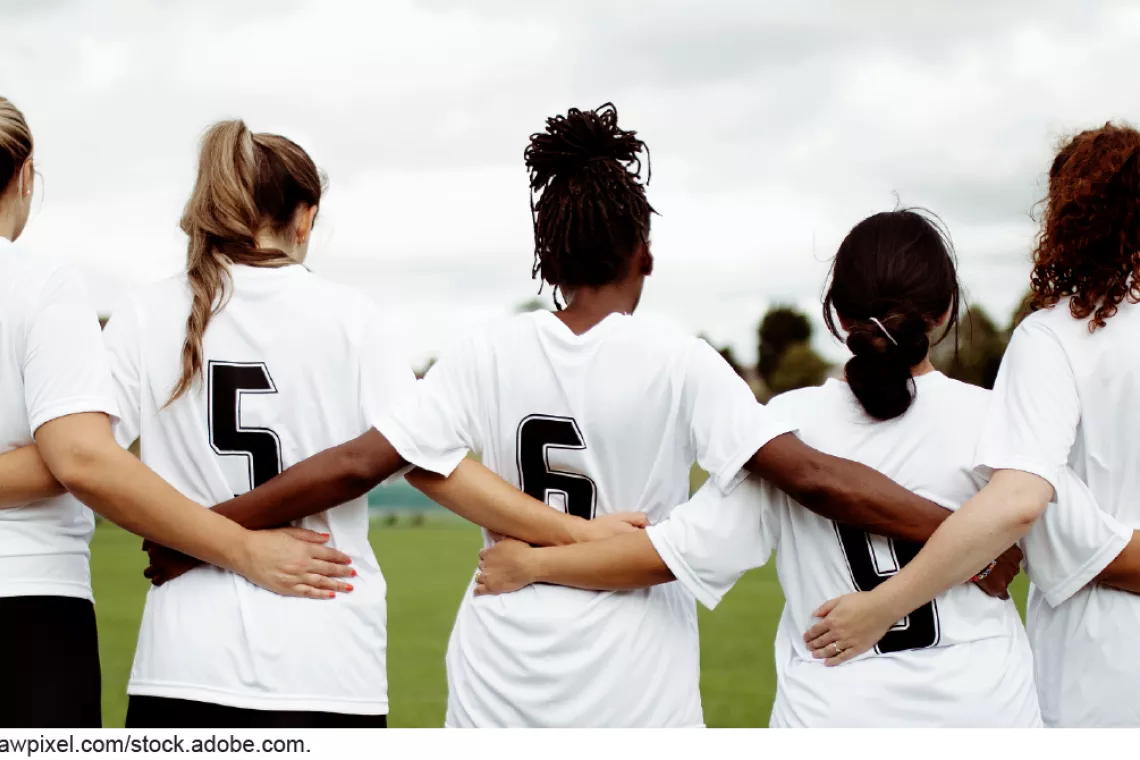On the 100th Anniversary of the Women’s Vote, the Debate on Equality Issues Continues
One hundred years ago, on August 18, 1920, Tennessee voted—by a slim margin of 50 to 47—to approve the women’s voting amendment. Tennessee was the last state needed to ratify the 19th Amendment.
Ratification of the women’s vote in 1920 did not lead to immediate equality, nor did it lead to equal voting rights for all women. Women’s equality issues, and those facing racial minority groups, continue to be debated and addressed by federal, state, and local policymakers.
Today’s WatchBlog explores some of our work on the adoption of policies meant to promote girls’ and women’s achievement and equality.
Education and Title IX
School sports can promote confidence, social skills, and achievement for all students. Title IX prohibits discrimination based on sex in education programs and all activities that receive federal funding—including sports.
Since the passage of Title IX in 1972, female participation in high school sports has increased. However, although schools are required to offer equal athletic opportunities, participation remains unequal. In 2017, our report on high school sports access and participation found that of the 77% of public high schools that offered sports, boys made up 57% of participation rates compared to 43% for girls. In 2018, another report on equal opportunities in high school sports found that the biggest factors that affected participation in public high school sports were the number of and interest in participation opportunities offered.
Women in leadership
Historically, women have been missing from leadership roles in business—particularly among financial service industries. While women representation has improved, certain leadership roles continue to have low levels of representation. For example:
- In 2017, we reported that women held about 48% or less of non-senior management positions, but their representation in more senior management levels was smaller (29%).
- In 2019, we found that the share of women board directors increased from 18% to 23% between 2015 and October 2018, but that women still comprised less than 25% of Federal Home Loan Bank board directors.
- Similarly, our 2016 report on corporate boards showed that women held 16% of board seats in the S&P 500 in 2014—an increase from the percentage reported in 1997. Yet, even if equal numbers of women and men joined boards each year starting in 2015, we predicted that it would take 40 years for women’s representation to be equal with that of men.
Women were also underrepresented in the technology sector. For example, in 2017, we reported that women comprised only about 22% of technology workers. At that time, stakeholders we interviewed said that low representation of women could be caused by factors such as fewer women graduating with technical degrees, as well as companies’ hiring and retention practices.
Federal support of women-owned businesses
Over the years, the federal government has implemented several initiatives to support women-owned businesses. But are these programs effectively promoting opportunity and access for women?
Congress authorized the Women-Owned Small Business Program in 2000 to promote women-owned businesses by setting aside federal procurement opportunities for women in industries where they are underrepresented. The Small Business Administration (SBA) oversees this program and monitors third-party certifiers that determine whether or not a business can participate. However, when the SBA examined a sample of businesses that received contracts through the program in 2017, it found that 40% of these business were actually ineligible to participate. During our review of the Women-Owned Small Business Program in 2019, we found that SBA did not have plans to regularly monitor the compliance of these third-party certifiers. We recommended that the SBA periodically review the eligibility of goods and services purchased through this program and implement recommendations from our 2015 report.
Similarly, as one of the country’s biggest advertisers, the federal government spends nearly $1 billion on advertising contracts. The government seeks to provide opportunities to award these contracts to certain types of businesses. In 2018, we found that the share of these contracts awarded to small disadvantaged businesses and those owned by women and minorities has generally increased over the years, averaging about 13% from 2013-2017. Most of the contracts were awarded from the Departments of Defense, Health and Human Services, and Homeland Security.
As consumers, women may be paying more for certain products.
In 2018, we reported on concerns that women may pay more than men for similar consumer products, giving rise to what some call a “pink tax.” We examined 10 personal care products (e.g. deodorants, shampoo, shaving products). After controlling for product size and other factors, we found that prices for half of the personal care items we looked at were higher for women, including deodorants and fragrances, but that some men’s items cost more, such as razors.
Whether the price differences were due to gender bias is unclear. Ad costs and consumer preferences also affect pricing. No federal law prevents firms from charging different prices for men’s and women’s products.
Comments on GAO’s WatchBlog? Contact blog@gao.gov.






